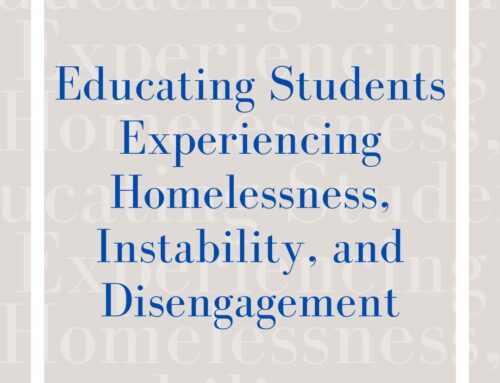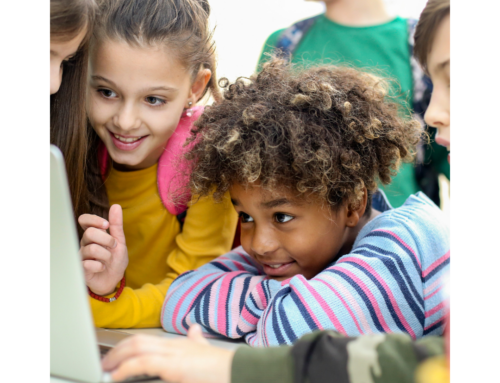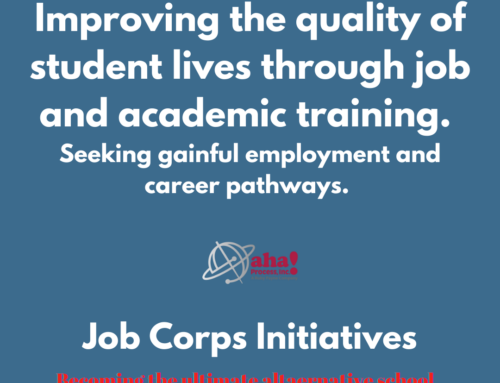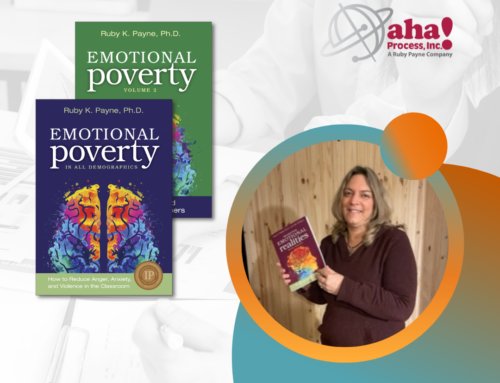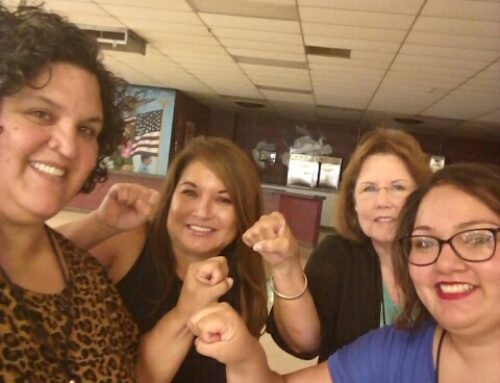 As entrepreneur and author Peter Guber states, “Entertainment is emotional transportation. We’re all analog; we’re not digital. As such, anything that’s trying to engage us has to be aimed at the heart” (Worth, February–April 2017, p. 109).
As entrepreneur and author Peter Guber states, “Entertainment is emotional transportation. We’re all analog; we’re not digital. As such, anything that’s trying to engage us has to be aimed at the heart” (Worth, February–April 2017, p. 109).
In education, we usually don’t aim for the heart. We aim for the mind. And we miss. Often our learning is boring. I’m thinking particularly of institutional learning, which tends to be far removed from play and fun and laughter.
It should come as no surprise when students become ever more attached to their electronic devices because heart and emotion are frequently found there. To be sure, irony and paradox abound as individuals look for deep human connections in technological gadgets.
Future predictions indicate that as we become more consumed by those devices, there will be “an increased demand for companionship in an era of enormous fragmentation brought about by technology” (Bob Pittman, Worth, February–April 2017, p. 106).
How will we bring companionship to learning? It all circles back to the fact that learning is always a social/emotional activity. Always. It has been said that all learning is double-coded—both cognitively and emotionally.
When we make education brutally and individually competitive, all measured by test scores, denying the talent development that each individual has, using a cookie-cutter approach, we take the heart out of learning.
I ask state departments of education: “As you work on your ESSA (Every Student Succeeds Act of 2015) reauthorization, can we put the play, the fun, the companionship, the creativity, the love of exploring ideas back into learning?”
If we do, it may very well save us as a country.

